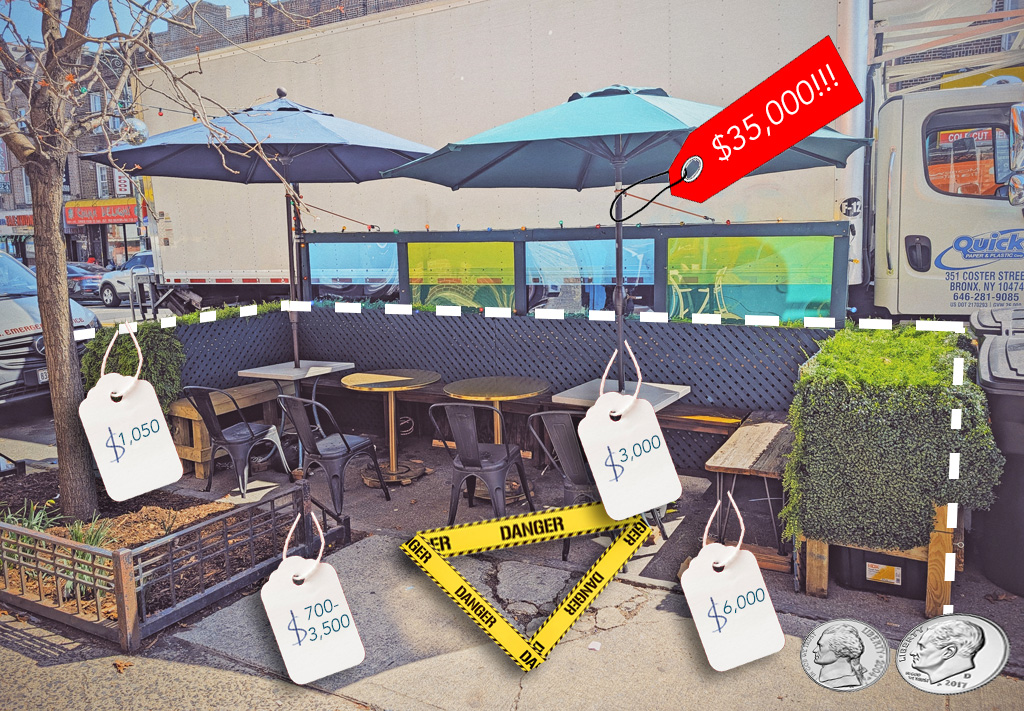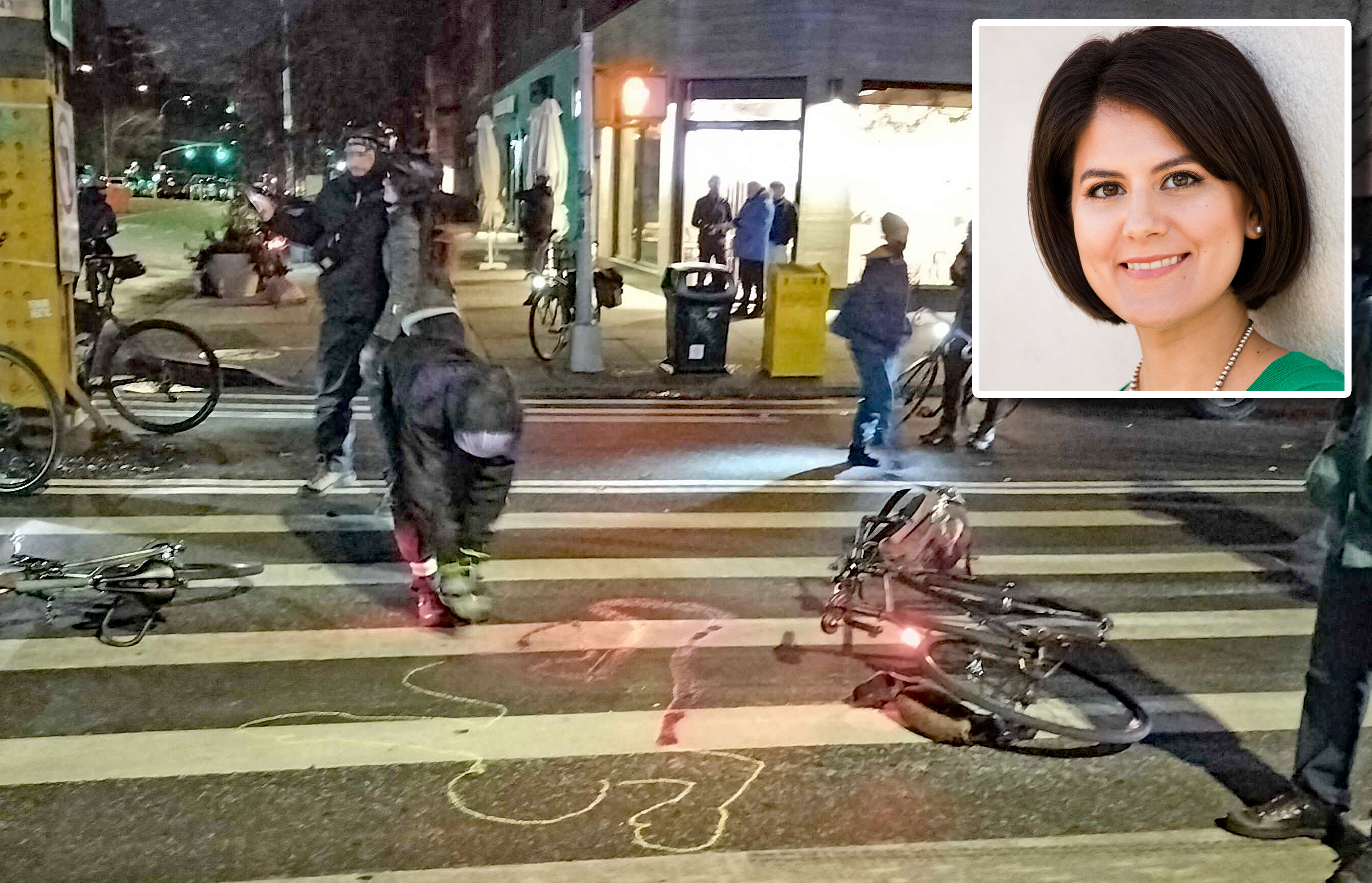Bloomberg reports today that Governor Andrew Cuomo has charged the Thruway Authority with appointing a panel to "find alternatives, revenue generators and cost reductions that reduce the potential toll increases" on the replacement Tappan Zee Bridge. The Cuomo administration revealed late last week that the superwide, transit-less replacement bridge -- estimated to cost $5.2 billion -- would require nearly tripling current toll rates to cover its costs. Apparently the reaction to news of $14 cash tolls and daily commuter tolls approaching $9 is causing some kind of reappraisal from the governor.
This could lead in a number of directions, including a worst-case scenario where NYC transit riders end up paying higher fares to indirectly cover bridge costs. But if Cuomo focuses on cost reductions, the risk of a Tappan Zee bailout won't be so high.
It's important to keep in mind that the problem with Cuomo's Tappan Zee is not the high tolls -- it's the size of the replacement bridge he wants to build. Because the bridge is so unnecessarily large, it may be impossible to cover the costs with tolls -- the "death spiral" scenario that analyst Charles Komanoff warned of in March [PDF].
The gold-plated highway bridge Cuomo has proposed contains two basic extravagances:
- It would consist of two separate structures, one westbound and one eastbound, each of which could essentially do the same job as today's Tappan Zee. It is intentionally redundant: The Thruway Authority's "Project Alternatives" report justifies the double-span design in part by noting that "in the event that an incident or extreme event would require the closure of one structure, the second structure could remain open to traffic."
- Put together, the two spans would approximately double the width of the current bridge, even though fewer vehicles are expected to use it, thanks to rising tolls. The extra width comes in large part from adding shoulders and "emergency access" lanes -- a feature unheard of on other bridges.

To avoid a Tappan Zee death spiral and get the bridge costs down to a manageable level, Cuomo may have to settle for a single span. Down the river, the George Washington Bridge is just one structure and seems to hold up well enough.
In his March paper, Komanoff also looked at cutting costs by shrinking some combination of shoulders, emergency access lanes, and the bike-ped path. The cost savings are rough estimates, based on the assumption that every 10 percent reduction in bridge width will cut costs by nine percent. The estimates suggest savings in the $1.2 - $1.5 billion range could be attained by shrinking the bridge's extravagant width.
If Cuomo is serious about fiscal stewardship and protecting taxpayers, these are the options he'll have to look at.






